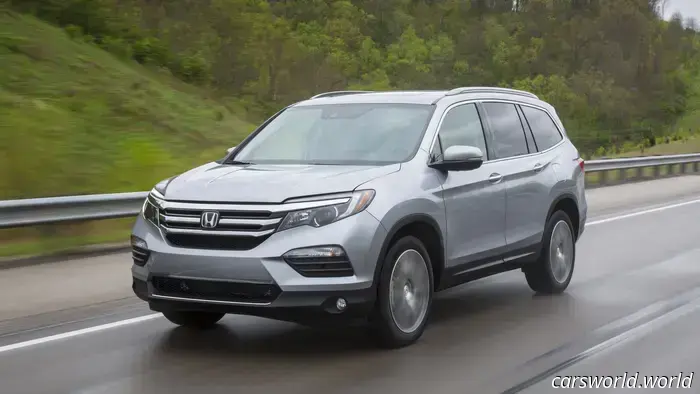
Federal Authorities Investigating 2.2 Million Hondas and Acuras Due to Frustrating Start-Stop Malfunctions
Honda
Start-stop systems have seen significant advancements over the years. Unlike the jarring shudder that accompanied older models when the engine turned off and back on, contemporary vehicles provide much smoother transitions. However, what happens if the engine fails to restart? American Honda Motor Company is currently under scrutiny due to reports of such failures that may impact over two million vehicles across its Acura and Honda brands.
The National Highway Traffic Safety Administration has launched a new investigation after receiving more than 1,348 complaints related to the automaker’s automatic start-stop system. These reports include incidents leading to crashes, fires, and injuries.
Complainants claim that when the Auto Idle Stop system is activated, the engine fails to restart after a complete stop. In some cases, a jump start was required to get the vehicle moving again.
The NHTSA indicates that a preliminary evaluation started in June 2022, focusing on the 2016-2019 model year Honda Pilot vehicles. The restart issue appears to be limited to Pilots equipped with the 3.5-liter V6 engine paired with a 9-speed automatic transmission.
However, a series of service bulletins issued starting in January 2023 expanded the scope to include additional Honda models—specifically the 2019-2022 Passport and 2020-2023 Ridgeline—as well as the 2015-2020 TLX and 2016-2020 MDX from Acura's lineup. Overall, this affects an estimated 2,209,466 vehicles.
The Honda service bulletins detailed a two-step repair process. The first step involved a software update, while the second step, varying by model and year, included replacing the starter assembly, starter relays, and making a valve adjustment. Vehicles requiring component replacements received an extended warranty of 10 years.
Unfortunately, these fixes have not resolved the issue, and vehicles continue to experience restarting problems. This situation poses more than just an inconvenience; it places drivers and passengers at risk of accidents or injuries.
The start-stop features operate as their name suggests. Designed to conserve fuel, the system turns off the engine when a vehicle comes to a complete stop. By reducing idling time, fuel consumption and emissions are lowered. Nonetheless, the engagement may not be as prompt as desired, the fuel savings may not be substantial, and the sensation of the car shutting down can take some getting used to.
Additionally, because the system activates whenever a vehicle stops, the likelihood of an accident increases when this leads to a stalled vehicle. In slow-moving traffic, a non-operational vehicle can cause considerable inconvenience and frustration. On a highway, the risks escalate due to the higher speed of other vehicles.
Being stranded at an intersection is equally troubling. While you might wish for greater visibility, not every intersection is a clear, straight four-way stop. Being stuck in a roundabout where some drivers do not slow down can be quite unsettling. The risks outlined above only intensify at night.
The timeline for when a new solution will be available is uncertain. Although another remedy is being considered to address the ongoing start-stop issue, the positive aspect is that the system can be manually disabled.

Other articles
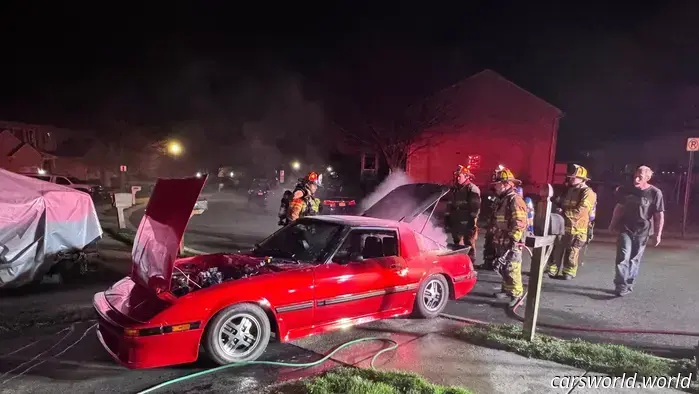 Mazda RX-7 Caught Fire Due to Trickle Charging of Lithium-Ion Battery in the Trunk
Lithium-ion batteries can experience overcharging, which can harm the cells and potentially ignite a fire. This may have been the case in this situation.
Mazda RX-7 Caught Fire Due to Trickle Charging of Lithium-Ion Battery in the Trunk
Lithium-ion batteries can experience overcharging, which can harm the cells and potentially ignite a fire. This may have been the case in this situation.
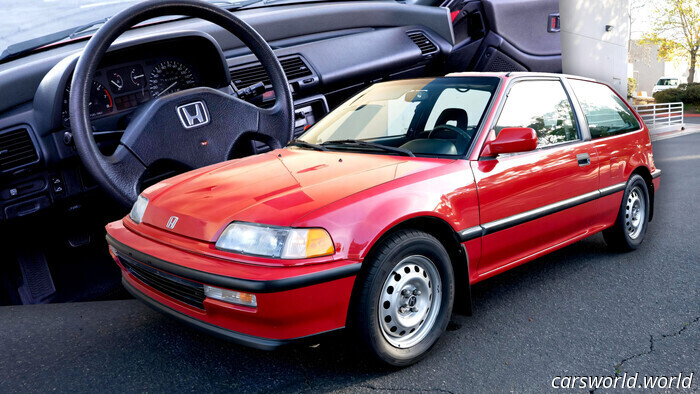 A 200,000-Mile, 34-Year-Old Honda Civic Si Was Sold For S2000 Prices | Carscoops
An untouched 1991 Civic Si is a rare find, which likely accounts for why someone paid a price similar to that of a S2000 for it.
A 200,000-Mile, 34-Year-Old Honda Civic Si Was Sold For S2000 Prices | Carscoops
An untouched 1991 Civic Si is a rare find, which likely accounts for why someone paid a price similar to that of a S2000 for it.
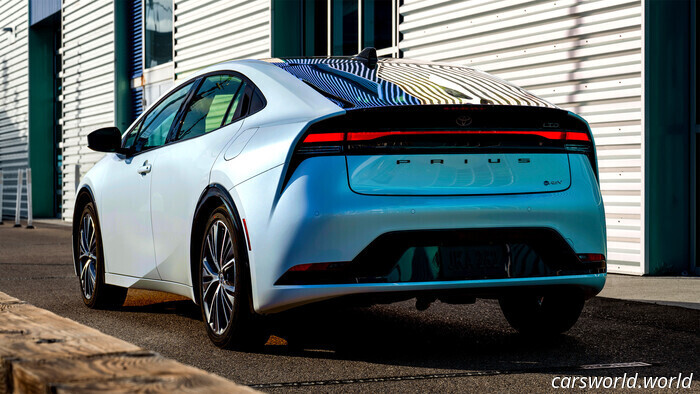 The Surge in Toyota Hybrids is Causing Buyers to Wait Months for a Minor Component | Carscoops
A buyer was informed that the delivery of his hybrid Toyota would exceed 2.5 years.
The Surge in Toyota Hybrids is Causing Buyers to Wait Months for a Minor Component | Carscoops
A buyer was informed that the delivery of his hybrid Toyota would exceed 2.5 years.
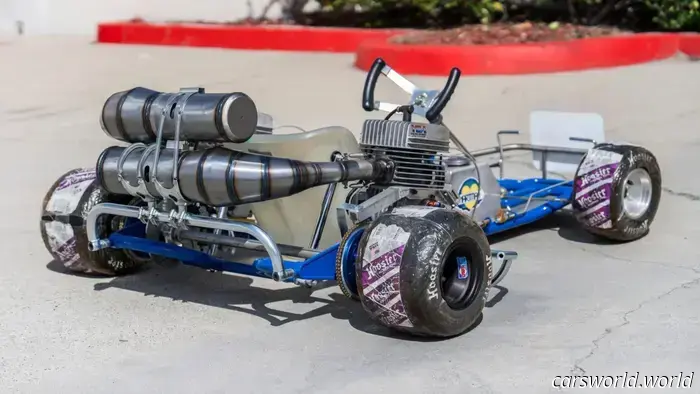 Twin Two-Stroke Hartman Go-Kart For Sale Definitely Needs Ear Protection
With two engines for double the enjoyment, this classic Hartman sprint kart currently has a top bid of only $3,200.
Twin Two-Stroke Hartman Go-Kart For Sale Definitely Needs Ear Protection
With two engines for double the enjoyment, this classic Hartman sprint kart currently has a top bid of only $3,200.
 Hyundai’s Insteroid Resembles a Group B Metro 6R4 for the 2020s | Carscoops
The Inster-based electric model features large, boxy wheel arches and an oversized rear wing, yet still boasts a high-quality sound system.
Hyundai’s Insteroid Resembles a Group B Metro 6R4 for the 2020s | Carscoops
The Inster-based electric model features large, boxy wheel arches and an oversized rear wing, yet still boasts a high-quality sound system.
 BMW's M2 Dakar Concept Is So Impressive It’s Painful That It’s Only an April Fool’s Prank | Carscoops
The elevated suspension, redesigned bumper for improved approach angle, and a roof basket filled with spare parts are ideal for the smallest M model.
BMW's M2 Dakar Concept Is So Impressive It’s Painful That It’s Only an April Fool’s Prank | Carscoops
The elevated suspension, redesigned bumper for improved approach angle, and a roof basket filled with spare parts are ideal for the smallest M model.
Federal Authorities Investigating 2.2 Million Hondas and Acuras Due to Frustrating Start-Stop Malfunctions
The persistent start-stop problem impacts vehicles that have a 3.5-liter V6 engine paired with a nine-speed automatic transmission.
